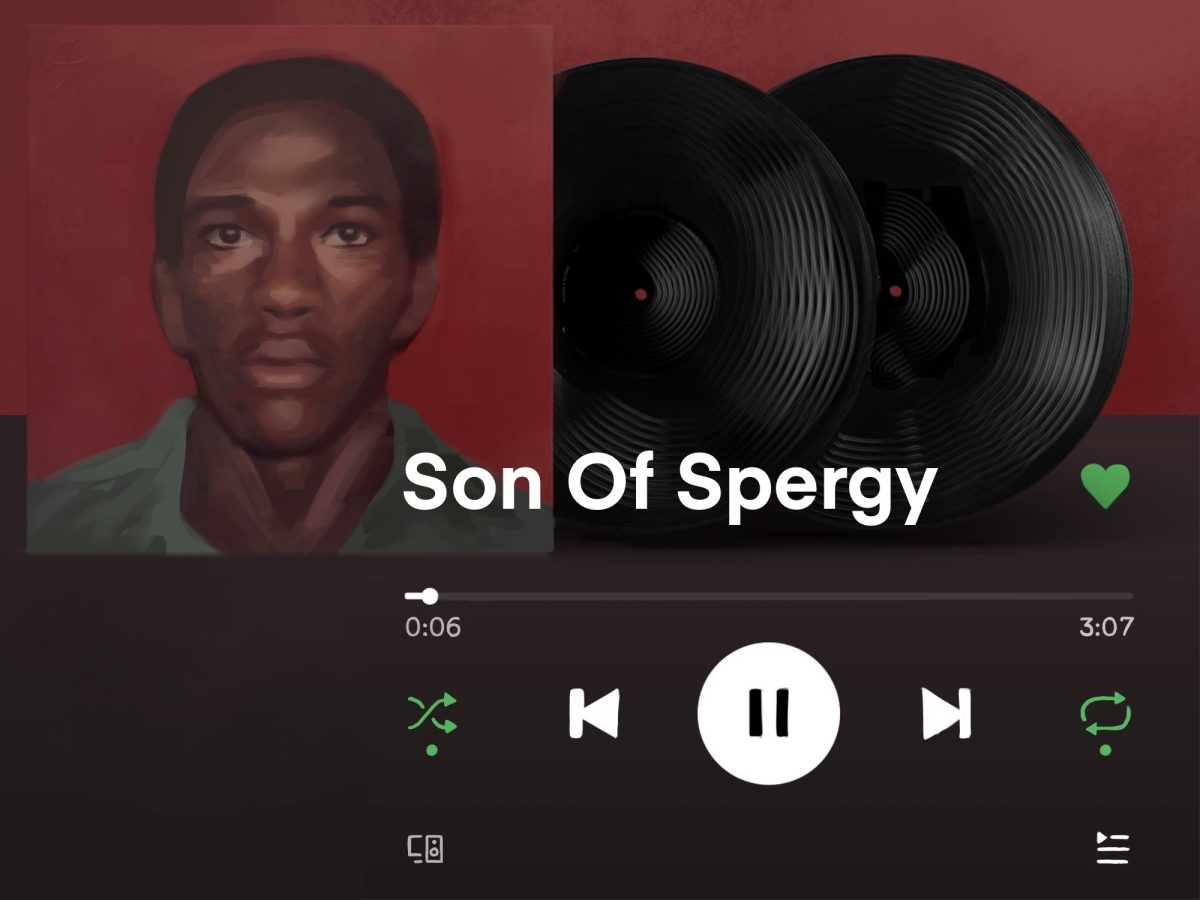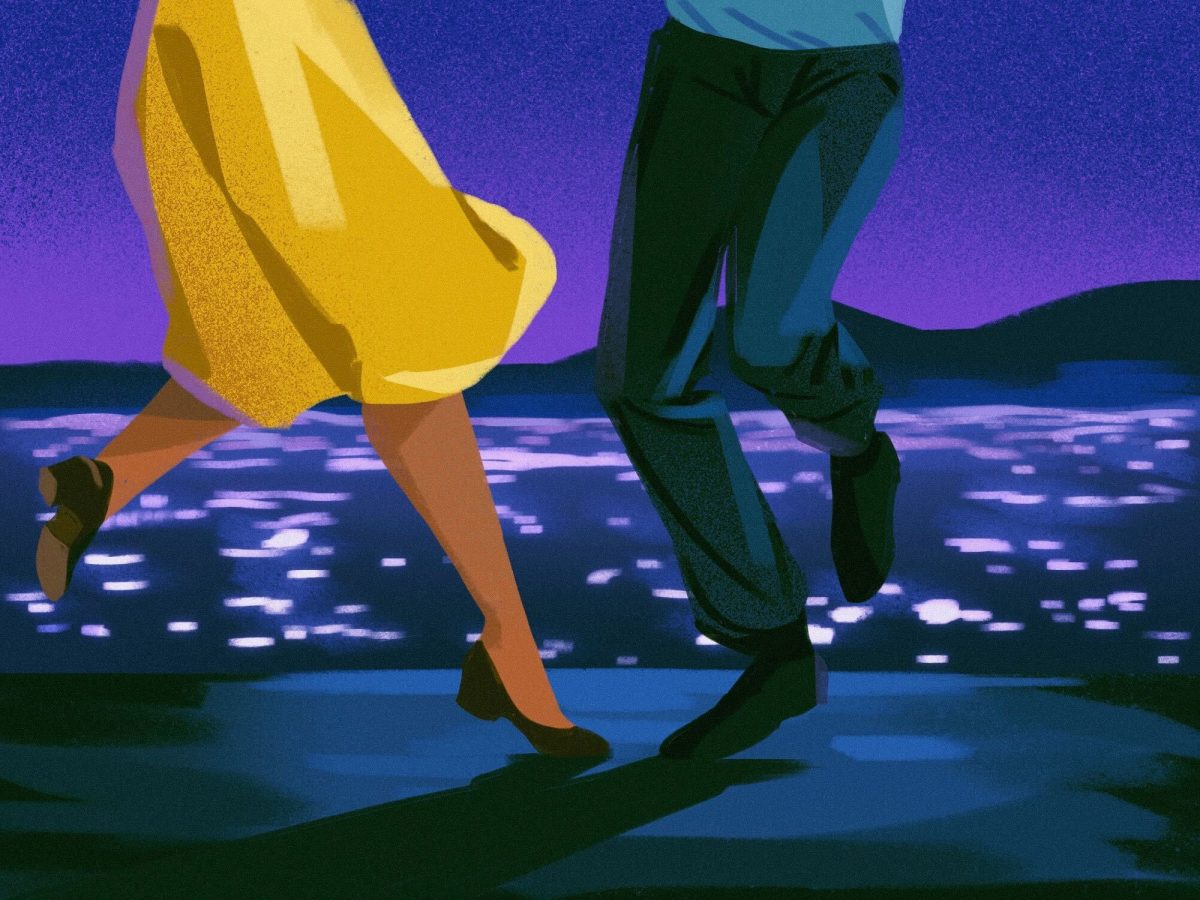The snow-covered Whoville is a great sight to see,
And Jim Carrey does the Grinch to a T.
But even with Carrey being a loon,
“The Grinch” still works best as a half-hour ‘toon.
Director Ron Howard’s take on “How The Grinch Stole Christmas,” Dr. Seuss’ classic children’s book (turned Chuck Jones animated television special) is one of those films with numerous elements going for it. But it falls short of being the kind of classic the story’s previous two incarnations were.
The plot is fairly well-known. The Grinch, a greenish, furry creature (played by Jim Carrey) who lives in a mountainside cave, gets sick of Christmas, a holiday that is pretty much the reason of existence for a group of people called the Whos. So, the Grinch dresses up in a Santa suit and goes down into Whoville to steal Christmas. What made the book and the cartoon so charming is Dr. Seuss’ limitless vocabulary of abstract gizmos and concepts. And of course, the warm and fuzzy moral about the true meaning of the holiday, one that, for the Whos, didn’t seem to involve a religion, but rather a spirit of celebration and togetherness.
Seuss was originally nervous about having his book adapted for the small screen, wondering if his story was capable of filling up the 22-minute block needed for a prime-time cartoon. In order to take up some space, an extended sequence featuring the Grinch’s dog Max pulling his sled, was added as well as a few “You’re a Rotten Mr. Grinch” songs. These sequences became some of the most memorable in the cartoon.
The movie faces the even tougher challenge of adapting the story into a feature-length film. They did this by adding just over an hour of background to the Grinch story, while the film’s last 30 minutes remain faithful to the original book. The film tries to explain exactly why the Grinch is, for lack of a better word, such a Grinch. It also takes some time to paint a portrait of the Whos as materially-obsessed members of a society who have begun to loose sight of what Christmas is really about.
Some of the back-story is fun, especially a few flashbacks of the Grinch as a young ball of green fur. Still, a few of the subplots, and a truly painful song sung by little Cindy Lou Who, a young girl with a soft spot for the Grinch, is just padding. At almost an hour and 45 minutes, the film is simply too long. That said, the last half-hour is a lot of fun and really evokes the spirit of its predecessors.
Though Carrey obviously has some fun with the Grinch, the real stars of the film are Rick Baker and Michael Corenblith, the makeup and set designers, respectively. Whoville is a world that exists on a flake of snow filled with amazingly crazy designs that are translated well from the pages and mind of Suess to the big screen. Ditto for the amazing makeup work applied to both the Grinch and the Whos.
Since the Grinch is shaping up to be a big box-office success, future film adaptations of Seuss books seem to be a given. Already in the works is a “Cat in the Hat” film with Tim Allen in the title role. While the Grinch managed to be a solid piece of entertainment, it seems like future Seuss stories could easily fall into the same trap of trying to expand on plots that worked perfectly well in short form. Ron Howard gets credit for effort, by trying to maintain the spirit of the Seuss story for the length of the film. But it is only in the last third, which is pretty much a direct lift of the book, that the film truly comes alive.



















































































































